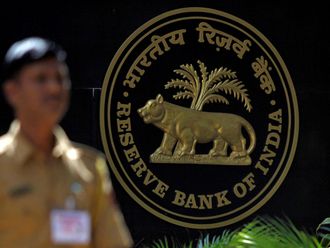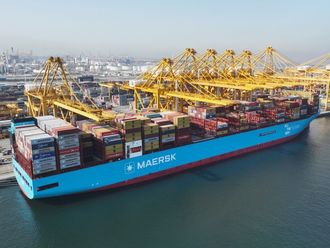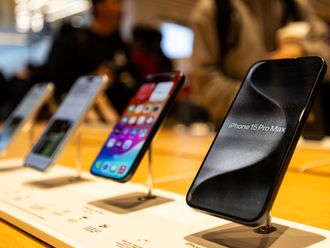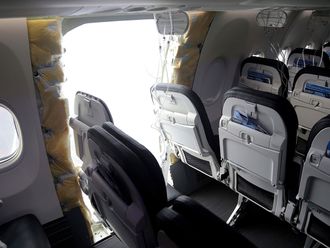It may not be that business is as stagnant internationally as some make out, but clearly there remain significant strains that relate to the still stretched nature of banking and finance, and the overuse of debt and exceptionally cheap funds to keep reinflating sluggish conditions.
Having identified that the global economy is as vitally important for the Gulf as anywhere else — to which the slump in oil prices testifies — it’s as well to know just how the central mechanisms of the region’s economies actually work by comparison with the rest of the world.
The criticality of oil and government-sponsored liquidity is very well known, but the dynamics of the business cycle locally still have to be understood to discover how its circular flow can maintain a healthy momentum.
Whether the presence of inflation, to a lesser or greater degree, is a help or a hindrance to generating growth was the topic whose surface was scratched here last week.
In the leading economy of Saudi Arabia, for example, price growth is advancing at a reasonably rapid clip, while not obviously excessive (see box).
Still, while successive yearly data of 3-4 per cent are not intimidating in themselves, they nonetheless represent a steady erosion in the purchasing power of households not finding other means of protecting their income and wealth in real terms, such as through stocks or real estate or other investments.
Economists would typically view those numbers as within the kind of range that is not disruptive to economic growth per se and might even ease the way for productive activity.
Around the region, the figures due this year are broadly similar, while GDP growth itself is expected in the 4-5 per cent range in Saudi Arabia, UAE and Qatar.
Mohammed Salisu, an independent regional analyst, affirms that “inflation in itself is not a bad thing; what is important is its magnitude.”
In the Gulf the issue is partly structural. “Supply-side constraints in domestic agriculture have led to an overwhelming dependence on external food sources,” he explains. Notably, “GCC countries still have no concrete policy response measure to tackle imported inflation, which wreaked havoc in 2007-2008.”
That’s because, as previously intimated, the dollar peg is tied to easy US monetary policy “regardless of the business cycles between the two sides”, leaving the counter-cyclical effort predominantly to fiscal policy. Yet, the fact that the region depends substantially on the state’s budgetary impetus to drive income and spending compromises that policy angle.
“This lack of adequate instruments to tackle inflation exposes a vulnerability,” Salisu adds. “Similarly, inadequate housing has fuelled rental inflation. Following the recent Arab Spring, governments in the GCC countries have intensified efforts to address housing shortages, but this will require massive investment on a sustained basis”, again with budgetary consequences.
Farouk Soussa, chief Middle East economist at Citi, underlines that “inflation-targeting policies in the GCC are focused on rents and imports by necessity”, but identifies three further characteristics locally.
“First, Dubai is different, depending on borrowing for growth more than its Gulf peers do,” he says, “and its exports are in the services sector, which is price-sensitive.”
”Second, inflation does erode the national standard of living, and is therefore a problem that can take on social and political dimensions.”
Given current levels of interest rates and inflation, moreover, real interest rates are negative. That, thirdly, “encourages investment in higher-return assets to achieve a positive real rate, and a flow of funds into equity and real estate markets, and away from bonds and bank deposits. The distortionary effect of this is clear across the GCC.”
Thus, while they might prefer sufficient inflation to keep the wheels of activity moving, the authorities in the Gulf — with fewer concerns about economic growth trends currently than elsewhere — will still be concerned that prices keep within an acceptable range.












